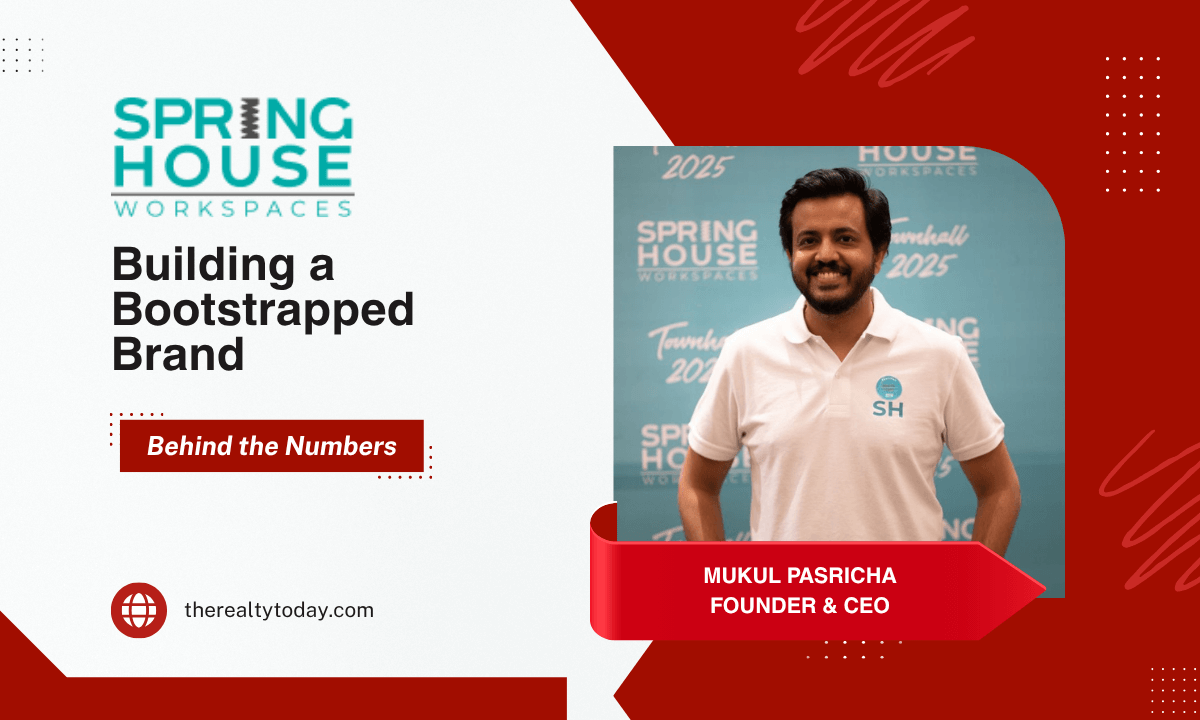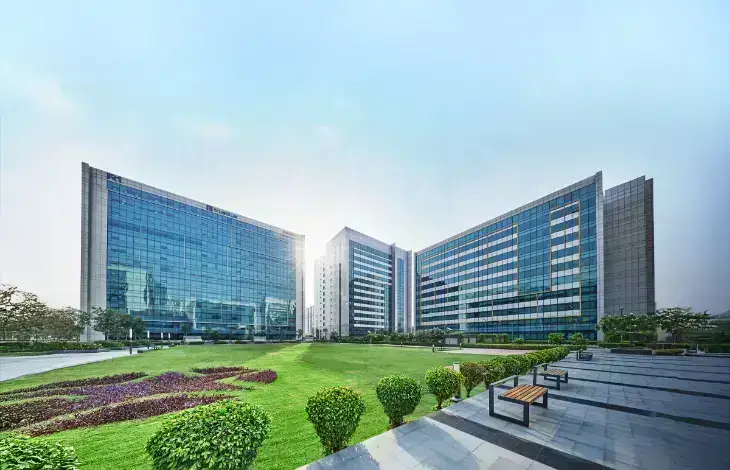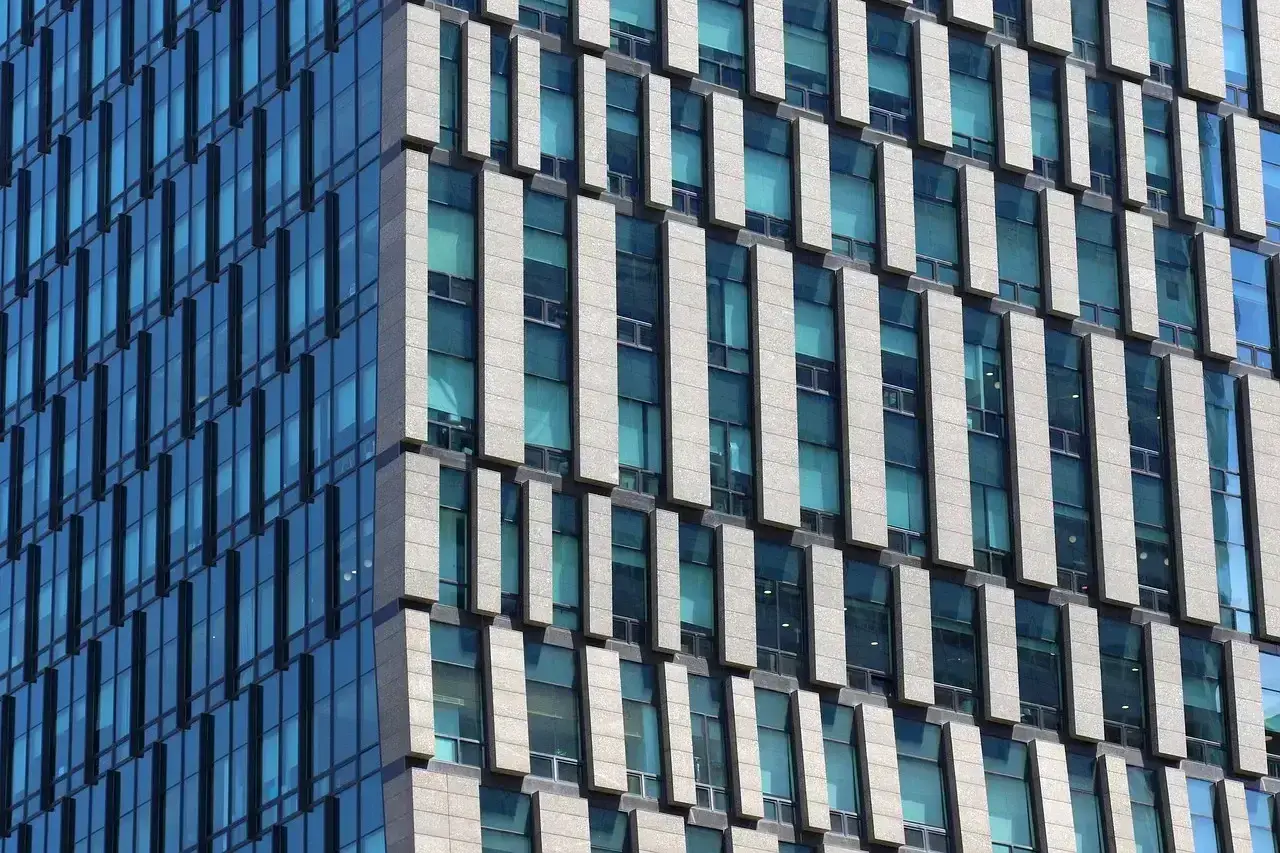Picture walking into a place of work that feels less like an office and more like a community space, where freelancers, start-ups, and large teams come together and collaborate, network with each other, and grow. This is the experience flexible workspaces in India are creating today. This fast-growing sector has recorded remarkable growth in 2024, with leasing activity soaring by nearly 58% year-on-year.
Amidst that growth, some of the most profitable brands have done so with no external capital. Bootstrapped workspaces show that it is possible to create successful, sustainable businesses without millions of dollars in venture capital. All that is required is a solid strategic plan, disciplined execution, and a focus on people.
Profitability from the Outset
The biggest misconception in the flexible workspace industry has been that scale automatically brings success. We’ve seen global examples in flexible workspaces that chased rapid expansion only to hit severe roadblocks when unit economics didn’t work out.
In my opinion, profitability simply cannot be deferred. Every workspace center should plan to be self-sufficient in the first 12 months after launch. That requires prudent site selection, realistic capacity estimates, and efficiency in design. It also requires discipline to avoid the urge to grow too quickly.
As Harvard Business Review has illustrated, companies that rely on profitable growth, or at a minimum hyper-growth, structure generate far better results sailing through a recession. The pandemic illustrated this companies that had a lean, asset-light, profitable model produced much better results than companies with a high fixed cost.
Flexibility: The Core Value Proposition
If I had to summarize the most important element of today’s workspace market in one word, it would be flexibility. And it includes two layers:
Flexibility for clients - be it a startup with three people or a 200 employee SME or a multinational and their testing any new market, organizations are no longer interested in lengthy fixed contracts. Their aim is to develop flexibility to scale up, scale down, or relocate as their business demands. A survey report in 2023 found that 40% of corporates in India are now incorporating flexible offices into their overall portfolio strategy - a figure that will only rise as the case for hybrid working grows.
Flexibility for operators - In the world of workspace brands, flexibility means adopting asset light or partnership based models - instead of having long costly leases or owned assets. Not only does it keep capital exposure at a lower level but it allows for quicker and more sustainable growth across geographies.
To conclude, flexibility is no longer just an attractive benefit - it has become the very DNA of a profitable workspace business model.
Community and Client Experience
It can seem shallow to think that workspaces compete only on design, amenities, or address. However, in the real world, these are becoming commodified. What distinguishes one workspace brand from another is the community.
When members feel like they're part of a network of peers that they can learn from, collaborate with and develop alongside, their retention rate increases dramatically. A report discovered that, in India, 79% of occupiers value workspaces that cultivate collaboration and networking. This tells us something important: The workspace of the future isn’t defined by how many seats it holds, but by how deeply it fosters connection and collaboration.
In my opinion, the most successful workspace operators will be the ones that present themselves as a community builder and not a landlord or service provider.
Adaptability to Market Trends
The flexible workspace sector is evolving rapidly due to hybrid working practices, the establishment of Global Capability Centers (GCCs) and the onset of sustainability standards. According to a report, in 2026 58% of corporations in India will be expanding their flexible office space capabilities.
Bootstrapped brands that stay ahead of the trends and nimbly adapt through hybrid memberships, eco-friendly appeal, or 24/7 access will remain viable. In times of crisis, like the COVID-19 pandemic, the necessity for flexibility was evident. Organizations that adapted their model to pay-as-you-go passes, virtual memberships, or hybrid models were again both able to survive and thrive.
Lessons for Entrepreneurs
Having followed this industry closely, there are a few lessons that I think would be helpful for anybody thinking about building or investing in a flexible workspace brand.
Profitability cannot be optional - Do not rely on future funding to bridge today’s losses. Every center should model a self-sufficient operational entity.
Stay asset-light - Keep fixed costs to a minimum. Partner wherever possible. The more flexibility you have built into your model, the more resilient your business will be.
Create long-term relationships as opposed to short-term rentals - Relationship building in community means your members will be with you longer, refer their friends and colleagues, and grow with you.
Be adaptable - The changing nature of work is evolving faster than real estate cycles. Only those operators with agility will meet the demands of a hybrid, distributed workforce.
Looking Ahead
The flexible workspace industry in India is still in its infancy compared to traditional real estate models, but it is already impacting how companies think about the workplace. Hybrid work, sustainability mandates, and a digital-first approach are all driving the next wave of demand.
From my observation, bootstrapped, profitable brands are in a unique position to capitalize. Because they are bootstrapped, they don't have the expectations of investors to meet or austere growth mandates to follow. They can respond more quickly to adversity, serve clients better, and grow more sustainably.
The one thing I have learned: The future belongs to workspace brands that can cultivate a combination of financial discipline, operational flexibility, and community. And, not just as a means of survival, but a pathway to become a long-term leader in the industry.









.png)